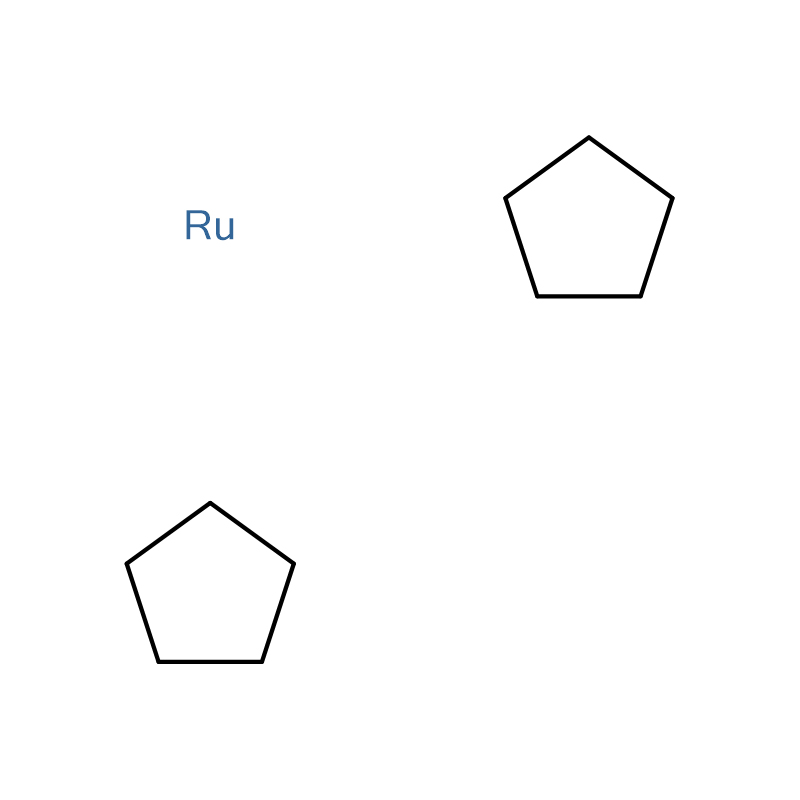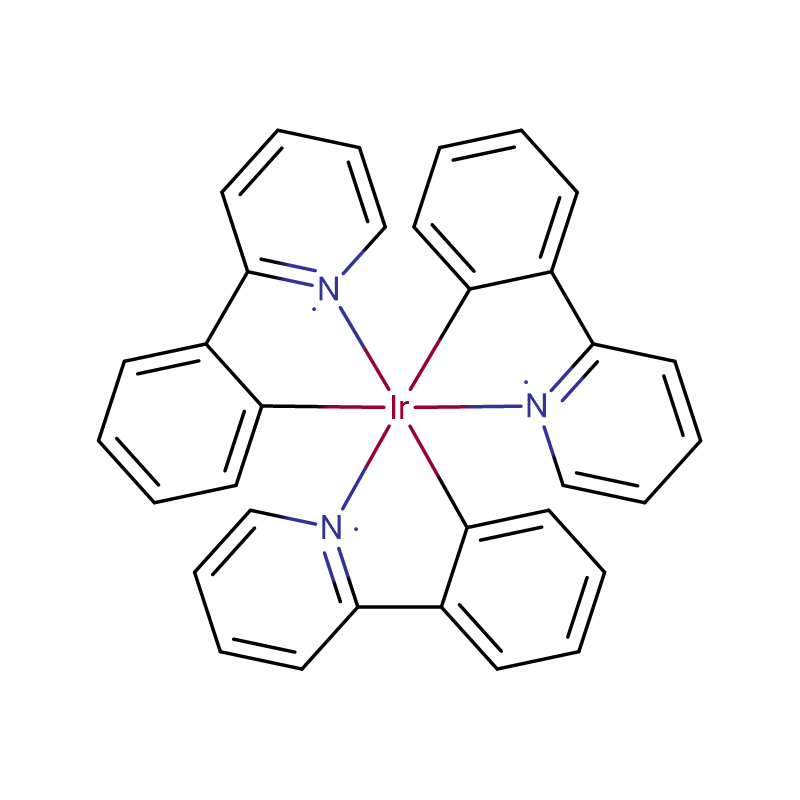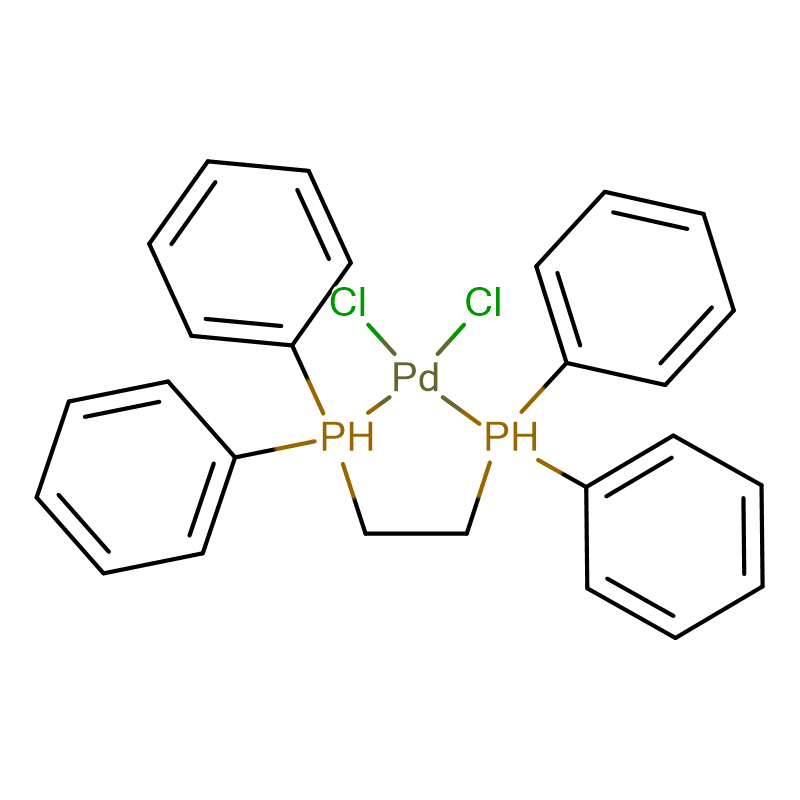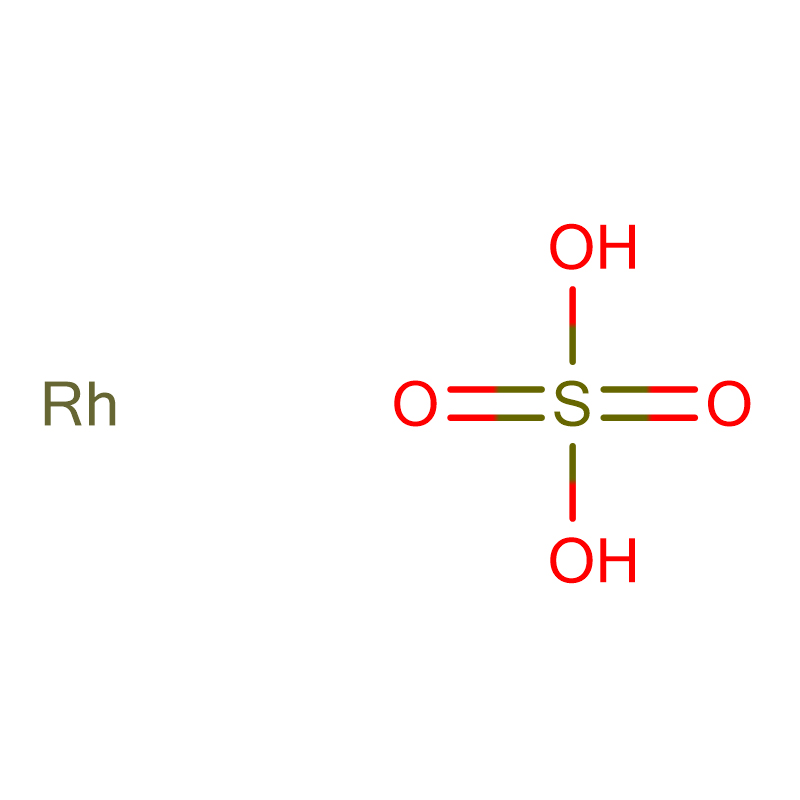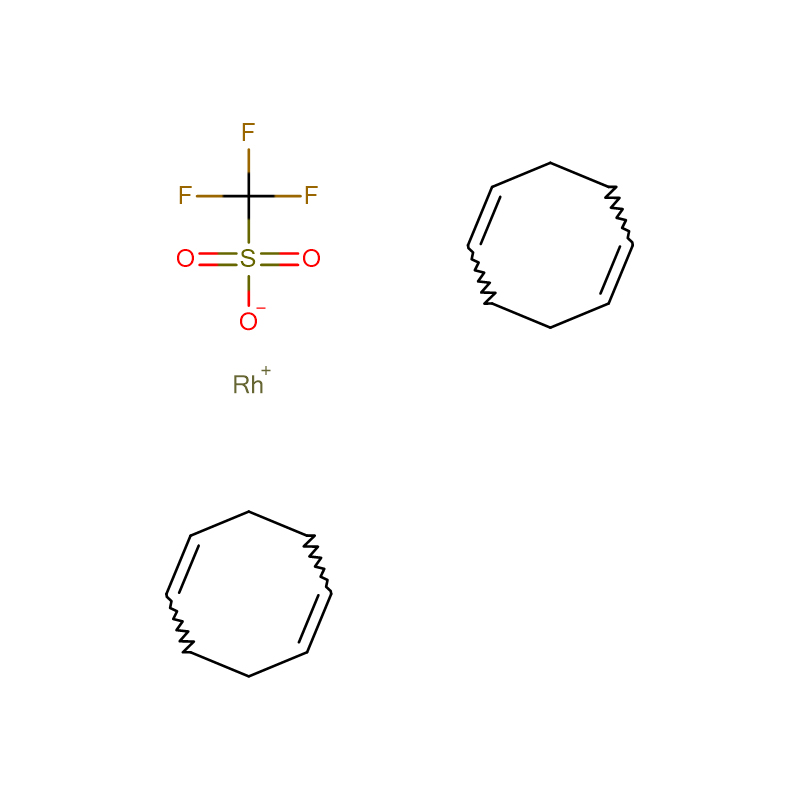Palladium CAS:7440-05-3 Black Powder
| Catalog Number | XD90595 |
| Product Name | Palladium |
| CAS | 7440-05-3 |
| Molecular Formula | Pd |
| Molecular Weight | 106.42 |
| Storage Details | Ambient |
| Harmonized Tariff Code | 38151200 |
Product Specification
| Appearance | Black Powder |
| Assay | 99% |
| Water | 70% max |
| IR | <0.001% |
| AS | 0.002% |
| Fe | <0.001% |
| Cu | <0.001% |
| Pb | <0.001% |
| Cd | <0.001% |
| Zn | 0.001% |
| Ni | 0.001% |
| Mg | <0.001% |
| Al | <0.001% |
| Si | <0.001% |
| Cr | <0.001% |
| Co | <0.001% |
| Pd | 4.95% |
| Sb | 0.001% |
| Mn | <0.001% |
| Pt | <0.001% |
| Rh | <0.001% |
| Au | <0.001% |
| Ag | <0.001% |
| Sn | 0.001% |
| Mo | <0.001% |
| Bi | <0.001% |
| Ti | <0.001% |
| W | 0.001% |
| Zr | <0.001% |
| V | <0.001% |
| Ru | <0.001% |
| Specific surface area | >970m2/g |
Present work reports a novel one step, greener protocol for the synthesis of starch-stabilized palladium nanoparticles (PdNPs) with an average particle diameter of 30-40 nm. These particles were stable and uniform in size. In present protocol, the concentrated solar energy mediated reduction of palladium chloride was achieved by using citric acid as a reducing agent and starch as a capping agent. UV-Visible spectroscopy, Transmission Electron Microscopy, Field Emission Gun-Scanning Electron Microscopy, Selected Area Electron Diffraction and Electron dispersive X-ray Spectral analysis techniques were used to characterize this starch capped PdNPs. Herein; we are reporting such combination of starch and citric acid in the synthesis of PdNPs for the first time. The catalytic activity of synthesized nanoparticles has been checked for Suzuki and Heck cross coupling reactions. The product yield was confirmed by GC. The products were confirmed using GC-MS analysis and also using GC with the he lp of authentic standards. Solar energy assisted starch stabilized PdNPs showed excellent activity in the C-C bond formation between aryl halides (I, Br) with phenyl boronic acid and its derivatives. In addition, the catalyst showed good activity in the Heck coupling reaction of C-C bond formation of aryl halides with aromatic alkene. The use of starch, citric acid, water and solar energy makes present protocol greener.



